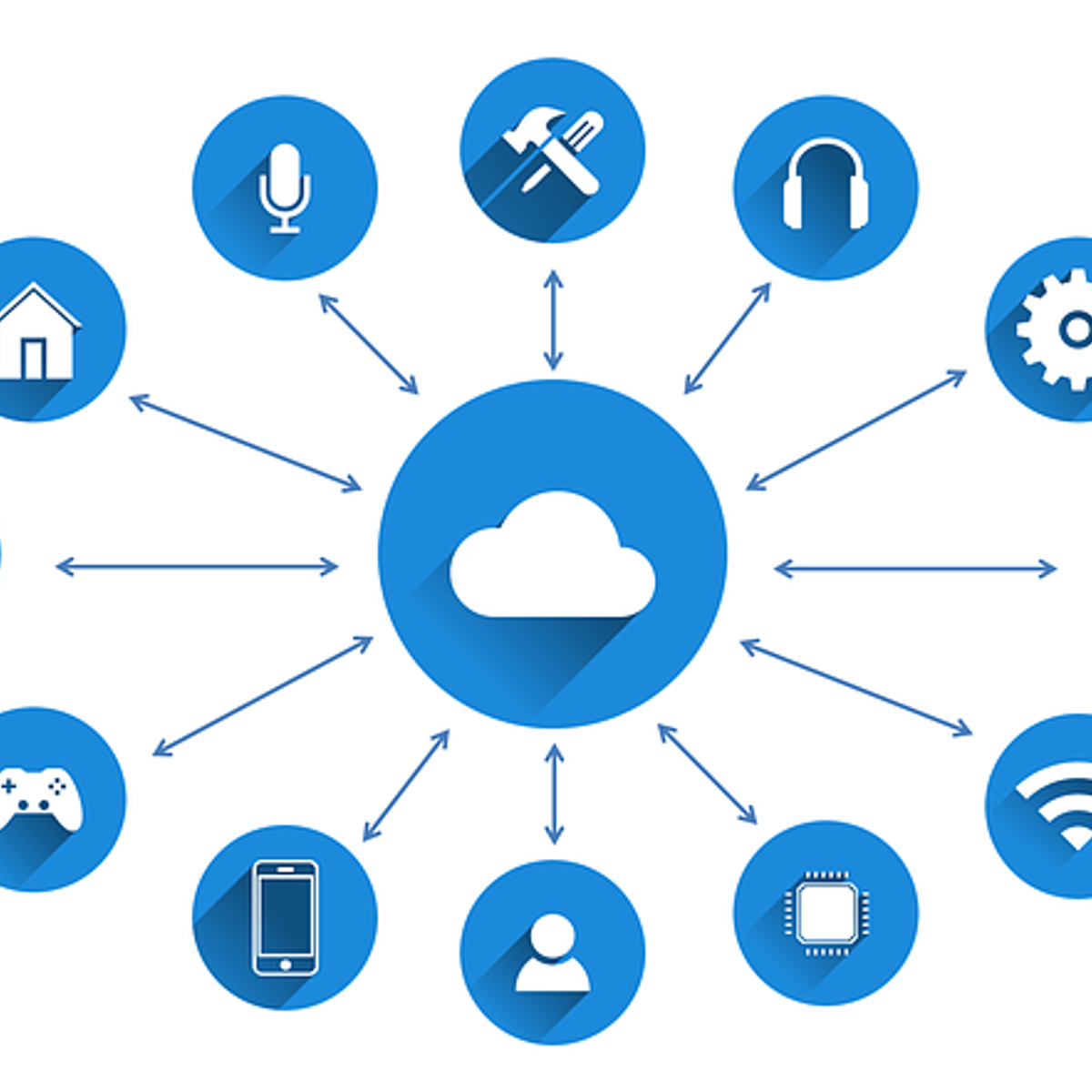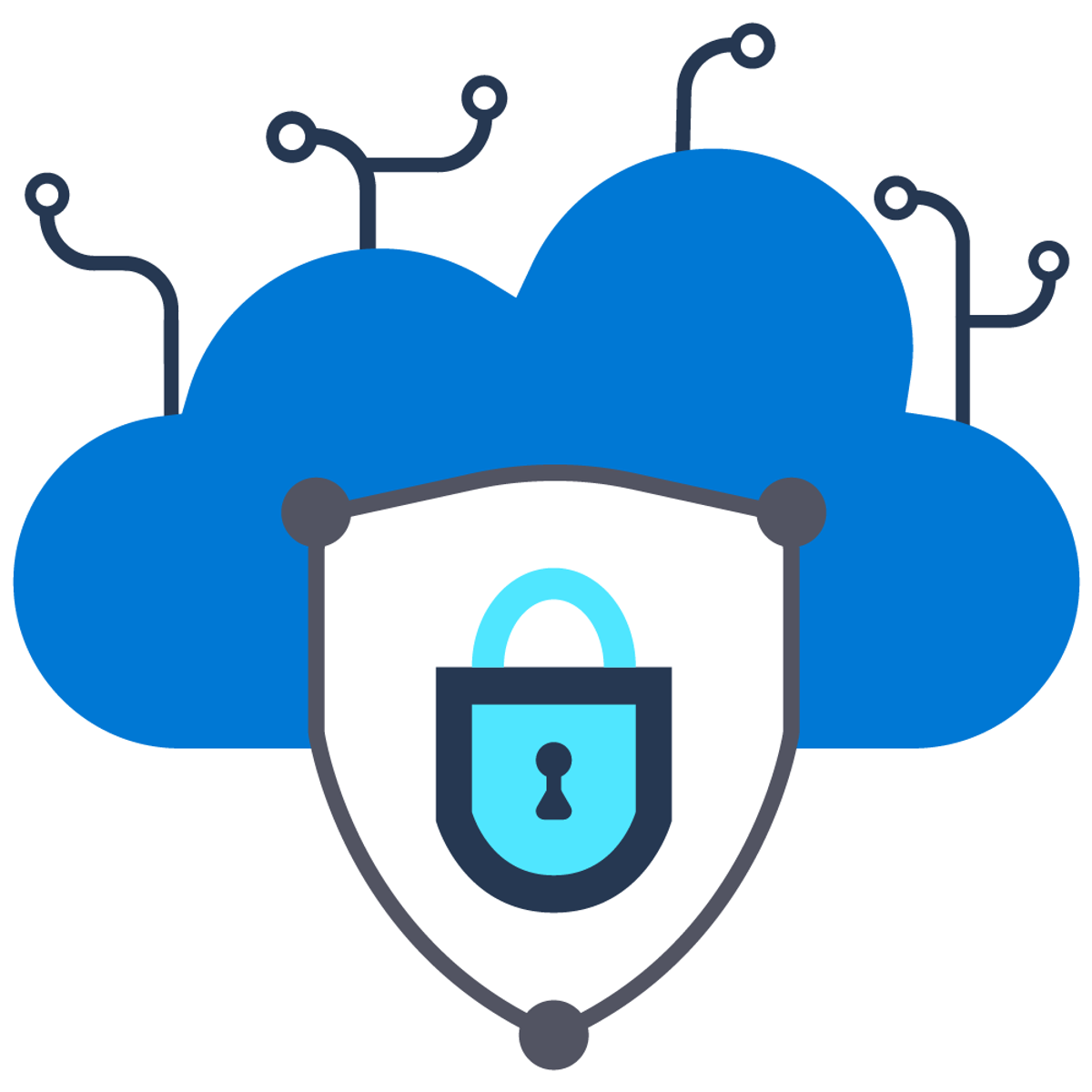Back to Courses









Information Technology Courses - Page 44
Showing results 431-440 of 1471

Introduction to Cloud Computing
This course introduces you to the core concepts of cloud computing. You gain the foundational knowledge required for understanding cloud computing from a business perspective as also for becoming a cloud practitioner. You understand the definition and essential characteristics of cloud computing, its history, the business case for cloud computing, and emerging technology usecases enabled by cloud. We introduce you to some of the prominent service providers of our times (e.g. AWS, Google, IBM, Microsoft, etc.) the services they offer, and look at some case studies of cloud computing across industry verticals.
You learn about the various cloud service models (IaaS, PaaS, SaaS) and deployment models (Public, Private, Hybrid) and the key components of a cloud infrastructure (VMs, Networking, Storage - File, Block, Object, CDN). We also cover emergent cloud trends and practices including - Hybrid Multicloud, Microservices, Serverless, DevOps, Cloud Native and Application Modernization. And we go over the basics of cloud security, monitoring, and different job roles in the cloud industry.
Even though this course does not require any prior cloud computing or programming experience, by the end of the course, you will have created your own account on IBM Cloud and gained some hands-on experience by provisioning a cloud service and working with it.
This course is suitable for a large variety of audiences - whether you are an executive / manager / student who wants to become familiar with cloud computing terminology and concepts, or someone who wants foundational grounding in cloud computing to start a career in this field or become a cloud practitioner - such as a cloud engineer, developer, analyst, etc.
The completion of this course also makes you eligible to earn the Cloud Computing Core IBM digital badge. More information about the badge can be found here: https://www.youracclaim.com/org/ibm/badge/introduction-to-cloud-computing

AI Platform: Qwik Start
This is a self-paced lab that takes place in the Google Cloud console. In this lab you train and deploy a TensorFlow model to AI Platform for serving (prediction). Watch these short videos Harness the Power of Machine Learning with AI Platform and AI Platform: Qwik Start - Qwiklabs Preview.

Aruba Mobility Basics
In Aruba Mobility Basics, you will learn how Radio Frequency (RF) works! You will compare the differences between a wired and a wireless network, identify WLAN organizations that set Wi-Fi standards and the basics of radio communication. This course introduces you to what goes into setting up a wireless network and how wireless functions at a basic level without requiring any technical experience. Typical candidates for this course are individuals who are new to networking and want to learn the basics of wireless networking.

COBOL Programming with VSCode
Professor Tak Auyeung of American River College, said it beautifully, “A programming language is not a fashion statement” it is used for a purpose. Whether it is to add new features, modify logic, create APIs to integrate it into other applications, or implement modern development practices, businesses around the world need application developers who know COBOL.
This introductory COBOL course helps a novice learn the Structure of COBOL programs, Data types & Variable Handling, Intrinsic Functions, Branching logic and more. The goal of the course is to enable the participant to be able to write basic COBOL programs. This is a fantastic compliment to the IBM z/OS Practitioner path for the IBM Mainframe.
Join the COBOL Fridays web series. These webinars are curated for first-time programmers, lifelong learners, and anyone who's interested in learning COBOL. http://ibm.biz/cfcoursera
On successful completion of this course, learners are eligible to earn their COBOL Programming with VSCode badge.

Program Automation of devices using Packet Tracer
In this 1-hour long project-based course, you will learn how to build and configure smart home devices using Packet Tracer. In this project, you will get an introduction to the Packet Tracer and the different components available in Packet Tracer. You will learn to configure a basic topology where you will write a simple python program on the single board computer to turn the led on and off using a switch. You will learn to build a complex topology where you will program the SBC board to connect and automate multiple home devices such as webcam, lamp, window, doors, and fans. You will also learn to simulate the topology to get the results of automation in Packet Tracer.
Basics of Python programming are recommended.
Note: This course works best for learners who are based in the North America region. We’re currently working on providing the same experience in other regions.

Query a Database Table with SQL in LibreOffice Base
By the end of this project, you will have written SQL queries to retrieve data from a database table in LibreOffice Base. While Base includes a WYSIWYG query utility, learning to access data using SQL provides an additional measure of control over the data retrieval process. In addition, SQL skills can be applied across a variety of relational database management systems in addition to LibreOffice Base.
Note: This course works best for learners who are based in the North America region. We’re currently working on providing the same experience in other regions.

Enhancing User Interactivity in Looker with Liquid
This is a self-paced lab that takes place in the Google Cloud console. In this lab you will use Liquid parameters and templated filters to enhance interactivity by users in Looker.

Secure your Cloud Data
Azure was designed for security and compliance. in this course, you will learn how to leverage the built-in services to store your app data securely to ensure that only authorized services and clients have access to it. This course will help you prepare for the Microsoft Certified: Azure Developer Associate certification.
This course will help you prepare for the Microsoft Certified: Azure Developer Associate certification. In this course, you will take a practice exam that covers key skills measured in the exam. This is the fifth course in a program of 8 courses to help prepare you to take the exam.
This course is part of a Specialization intended for developers who want to demonstrate their expertise in all phases of cloud development from requirements, definition, and design; to development, deployment, and maintenance; to performance tuning and monitoring. It is ideal for anyone interested in preparing for the AZ-204: Developing Solutions for Microsoft Azure exam. By the end of this program you will be ready to take and sign-up for the Exam AZ-204: Developing Solutions for Microsoft Azure.

Juniper Networks Automation Using Ansible and the REST API
This course demonstrates how to automate the Junos OS using DevOps automation tools, protocols, and technologies. This course focuses on using Ansible, and the Junos Representational State Transfer (REST) API to automate Junos platforms.

The Full Stack
Practice bringing together multiple skills to build a full-stack Django app. You’ll start by setting up an environment for a local practical project, and refactoring the front and back-ends of an existing application. You will then have the opportunity to create the front and back-ends of a new application using your full-stack developer skills.
Popular Internships and Jobs by Categories
Browse
© 2024 BoostGrad | All rights reserved


